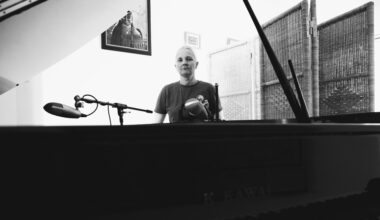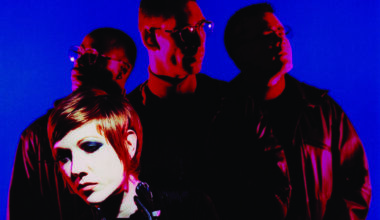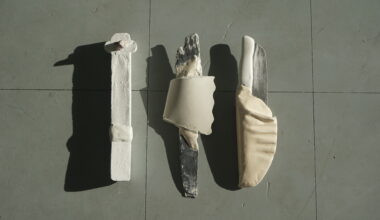From Holst’s ‘The Planets’ to galactic explorer Mary Casio, Hannah Peel has drawn much inspiration from the mysteries of space. Her exclusive track for our limited edition seven-inch single, ‘The Moon Is There In All Its Splendour’, finds Peel casting her eyes to our closest celestial neighbour
Pop music is not rocket science. But for Hannah Peel, analogue synthesiser maestro, solo artist and serial collaborator with the likes of John Foxx, Wild Beasts, Nitin Sawhney and Paul Weller, it sometimes comes close.
When the renowned composer, arranger and conductor is not tinkering with modular Moogs and vintage Jupiters in her East London basement studio, the Donegal-born, Barnsley-raised Peel undertakes meticulous background research, consulting with astronomers, professors and assorted egghead experts to make sure her science fiction reveries are rooted in science fact. While others prefer to lie in the gutter, Peel is reaching for the stars.
Peel’s latest venture into the musical stratosphere is in ‘The Moon Is There In All Its Splendour’, a special commission for Electronic Sound to mark the 50th anniversary of the Apollo 11 Moon landings. The track blends swirling clouds of ambient brass and processed electronics with actual capsule chatter from the milestone lunar mission. Even though she was born in 1985, long after the buzz surrounding the Apollo programme, Peel has always taken a keen interest in the romance of space travel. The dark side of the Moon. The poetry written in the stars. The loneliness of the long distance astronaut.
“I think for everybody it’s a tale of ambition, isn’t it?” she says. “We constantly look upwards and outwards. For me it was one of the first tapes I ever had – my mum was a schoolteacher and she used to bring back cassette tapes of classical pieces and things that would come with educational magazines. The one I remember the most was Holst’s ‘The Planets’, which had an image of a planet on the front. So that has always sparked my imagination. It’s the unattainable. We want to travel, we want to explore, we want to always go further.”
‘The Moon Is There In All Its Splendour’ is a distant satellite of Peel’s 2017 album ‘Journey To Cassiopeia’ and its remix sister album ‘Particles In Space’, an inspired conceptual project that blended vintage synthesiser sonics with a 33-piece brass band. Partly inspired by female electronic pioneers like Daphne Oram and Delia Derbyshire, the fanciful back story to the album involved Peel’s musical alter ego, 86-year-old Mary Casio, exploring deep space from her garden shed in Yorkshire. When performing the piece live, she often encored with a magical, heart-tugging cover of Bowie’s ‘Life On Mars?’
“I had this name Mary Casio in my head for a long time,” says Peel. “Mary is my middle name, but also Casio just sounded like this crazy space lady that would play on her Casio keyboard. Then when I found out there is actually a star constellation called Cassiopeia, it just became clear she was going to go on a journey into space.”
Of course, the lonely void already has its own self-generated soundtrack. In 2014, Lefse Records launched ‘The Space Project’ album, on which artists like Spiritualized and Beach House created music using actual recordings from the Voyager space probe. NASA has also shared capsule recordings made on board the Apollo 10 and 11 missions, spooky whistles from the far side of the Moon which turned out to be interference between the VHF radios on the Lunar Module and the Command Module. “Had I not been warned about it, it would have scared the hell out of me,” wrote astronaut Michael Collins in his memoir ‘Carrying The Fire’.
“There is a NASA album that is just sounds radiating from different planets,” says Peel. “I think I’ve actually got it on my computer somewhere. I suppose it’s like the John Cage theory where you go into a room and it’s completely silent, but it’s never silent really, because you hear the pulse of your brain and your blood pumping around your body, and your nervous system is the high-end crackle. From an early age, hearing about John Cage and ‘4’ 33”’ really fascinated me as well. Like, what is silence? Even when we’re in space there is no silence, because we’re still alive.”
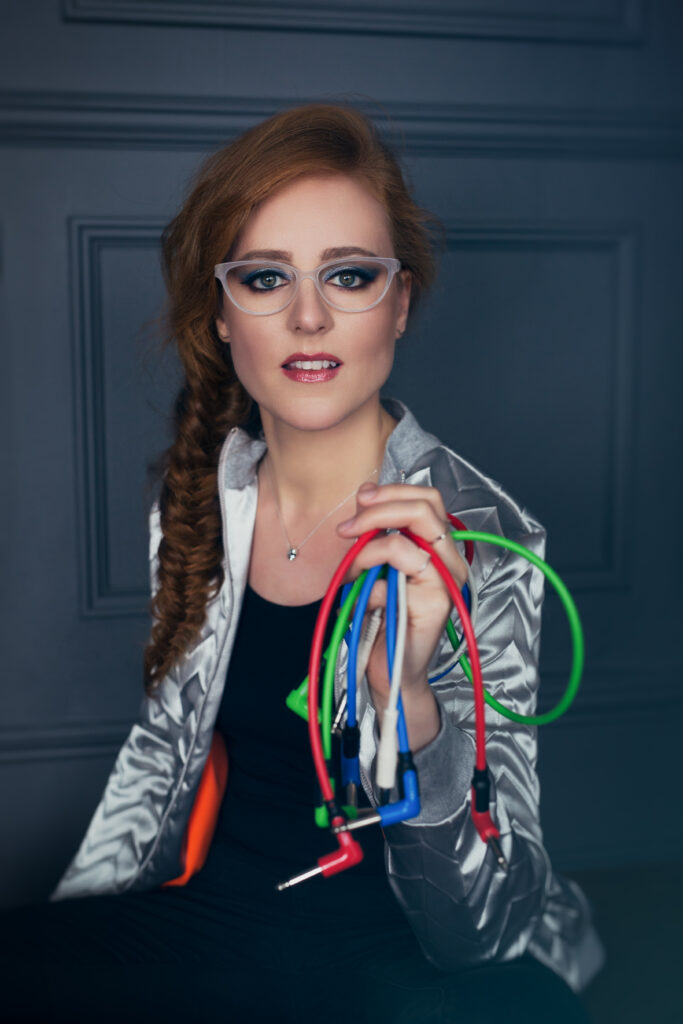
Musicians usually conceptualise space in allegorical terms, as a metaphor for alienation or playground for sci-fi melodrama. But Peel has always grounded her work in a more methodical Kubrickian approach, consulting various scientists and experts for her Mary Casio project, including the head of the Royal Observatory in Greenwich. In researching her 2016 album, ‘Awake But Always Dreaming’, she met with brain experts to help her better understand her grandmother’s drift into dementia, the main theme of the album.
“When I was doing the research, I spent a lot of time with a scientist called Selena Wray, who is one of the lead researchers in London for dementia,” says Peel. “She has a lab in UCL that grows brain neurons from patients that are living with dementia, so she showed me them, and when I went into the lab and looked down the light, it was like looking at the universe! All the little stems were joined up together and kind of… sparkling.”
Peel is fond of quoting theoretical physicist Carlo Rovelli’s striking observation that there are as many neurons in the human brain as there are stars in the galaxy. In that sense, both ‘Awake But Always reaming’ and the Mary Casio album are as much about exploring inner space as outer space.
“Yes, it’s the human journey,” says Peel. “I mean, whether Mary goes to space or not is just up to the listener. When you take your mind away from life and you’re listening to music, we go to a different place, and that’s something really special we should treasure. Particularly with using the brass band for Mary Casio, it just felt like this old-world traditional place, taking it further than anybody could have imagined in that sense, especially the players themselves. They were from mining-related towns in the north, and it just felt like a joy to bring them into space.”
These unlikely connections are one of the unique joys of navigating Peel’s musical multiverse. It is a rare artist who can join the dots between the warm analogue nostalgia of brass bands and the pulsing sci-fi futurism of synthesisers, or between homely garden sheds in Yorkshire and far-flung galaxies. But for Mario Casio’s creator, these cosmic connections make perfect sense. The potent cosmic vastness of this music, says Peel, feels “really magical” in a live setting.
“I experienced it myself, on stage,” she says. “There is this overwhelming power when you have the bass and top end of things playing at the same time, and then the rich melancholic tones of the brass band fill the middle frequencies. You get the sense of overwhelming power. Not in the sense of going to a club and hearing the music really loud. This is like organic, breathing power where it does affect you, you feel it in your stomach. It makes you want to well up and cry for no reason at all, that feeling of listening to something so huge it makes you feel really, really tiny. Which is what you must feel when you’re going into space: the fact that we’re just dots. We’re not even dots, we’re smaller than that.”
The heavens above, and the Moon in particular, have always inspired the makers of music, poetry and folklore. Typically, Earth’s silvery little sister has been depicted as a feminine figure, as a goddess of seduction and beauty, hunting and witchcraft. The ancient Greeks had Artemis, Selene, Cynthia and Hecate. The Romans, Diana. In Persia, the Moon was Metra, the “world mother”. In Polynesia, Hina. In Java, Nawang Wulan. In Native American folklore, the Old Woman Who Never Dies. She is always mysterious, spellbinding and almost invariably female.
“I suppose it’s the unobtainable,” says Peel. “Maybe because it’s seen as beautiful, and elegant, up there. It does feel feminine, I even associate with it as feminine.”
The links between lunar and menstrual cycles may help explain this gendered history.
“Definitely,” Peel laughs. “And waves, and mermaids…”
Get the print magazine bundled with limited edition, exclusive vinyl releases

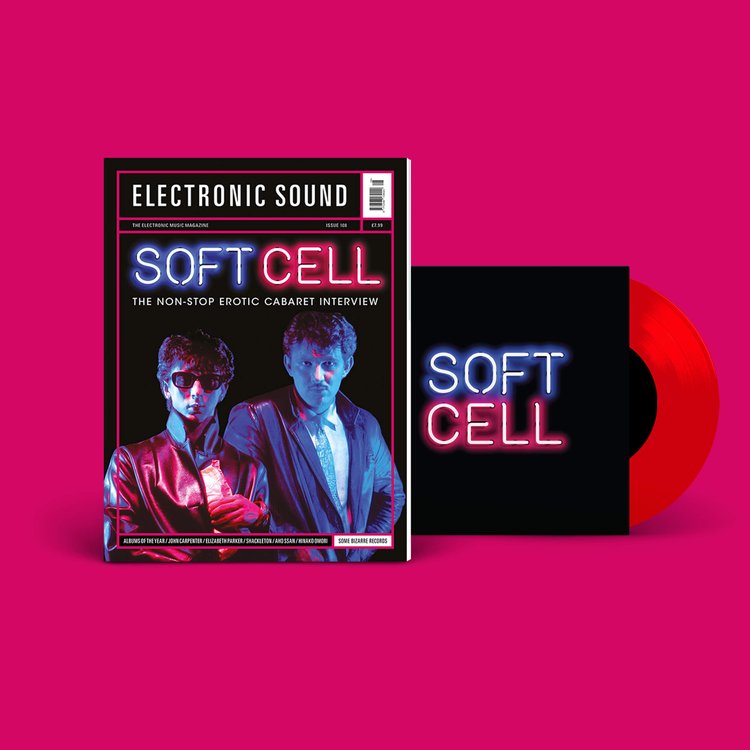
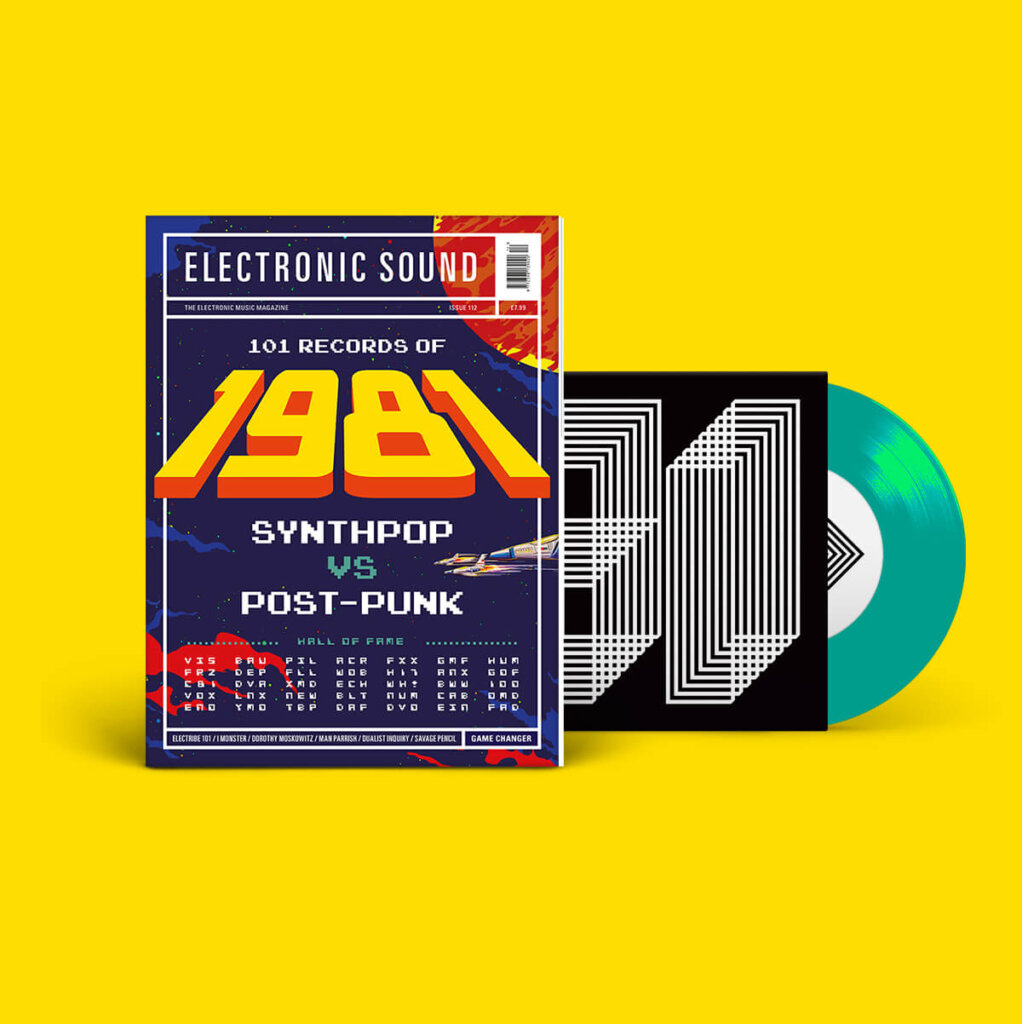
Another lunar legend that refuses to die is the notion that full moons trigger temporary madness, which feeds directly into werewolf mythology. This fanciful notion may sound absurd today, but it was once taken seriously as a legal defence. In 18th century England, murder suspects could campaign for a lighter sentence on grounds of “lunacy” if their crimes occurred when there was a full moon.
“That’s crazy!” Peel says, although she concedes that she herself believes that full moons have a mystical disruptive effect. “It has a power to move things in magical, silvery ways. I have in my diary when it’s a full moon because I know that on those days something always goes a bit haywire. Honestly, there have been times when something has gone majorly wrong and it usually is a full moon.”
Of course, an entire galaxy of musicians have written songs about space travel: about love affairs with starship troopers, close encounters with UFOs, and lonely rocket men floating around their tin cans. But given the chance of leaving Earth for real, very few would be keen. Even pop’s most famous spaceman, David Bowie, had a lifelong fear of flying. If she was offered a seat on the next moon mission, would Hannah Peel prefer to stay earthbound? She muses for a moment.
“If I was coming to the end of my life and somebody offered it to me,” she muses, “I would definitely go, with the intention of not coming back. Actually I was in York working, and there was a Tim Peake VR experience there, where you sat in a chair and you got the motion of him coming back down to Earth from space. And the way it was filmed was exactly how he would see it. You could feel that kind of intensity, and actually I thought, ‘I don’t think I’d want to do that’. If I go up, I don’t want to have to risk coming back down.”
In fairness, Peel is far too busy to undertake any space missions right now. This year alone, her raft of project include arranging and conducting a small orchestra for Paul Weller’s London Royal Albert Hall show and live album ‘Other Aspects’. She also just completed her latest film soundtrack, for Jeanie Finlay’s documentary ‘Game Of Thrones: The Last Watch’, which debuted on Sky and HBO in May.
In addition, Peel released ‘Chalk Hill Blue’, a sublime album of collaborations with Faber poet Will Burns. The duo have so far played a string of shows and festivals, with more to come.
“There’s something beautiful about having to create the music of the mind of the poet,” she says. “It allows you to get into that headspace and the picture that they are painting.”
But Peel has not finished with interstellar exploration yet. She hopes to revive Mario Casio on further albums, giving her eccentric alter ego an expanded universe of sequels and prequels, “a bit like ‘Star Wars’”. So far, however, that plan remains on the launchpad.
“It’s funny, I’ve written things that I thought would be Mary Casio, then they’ve come out and they’re not,” she says. “So I still need to come back and revisit a few things, but I’m just waiting for that to happen. I must do it at some point. I’d love to go back into space.”
For more, visit hannahpeel.com


